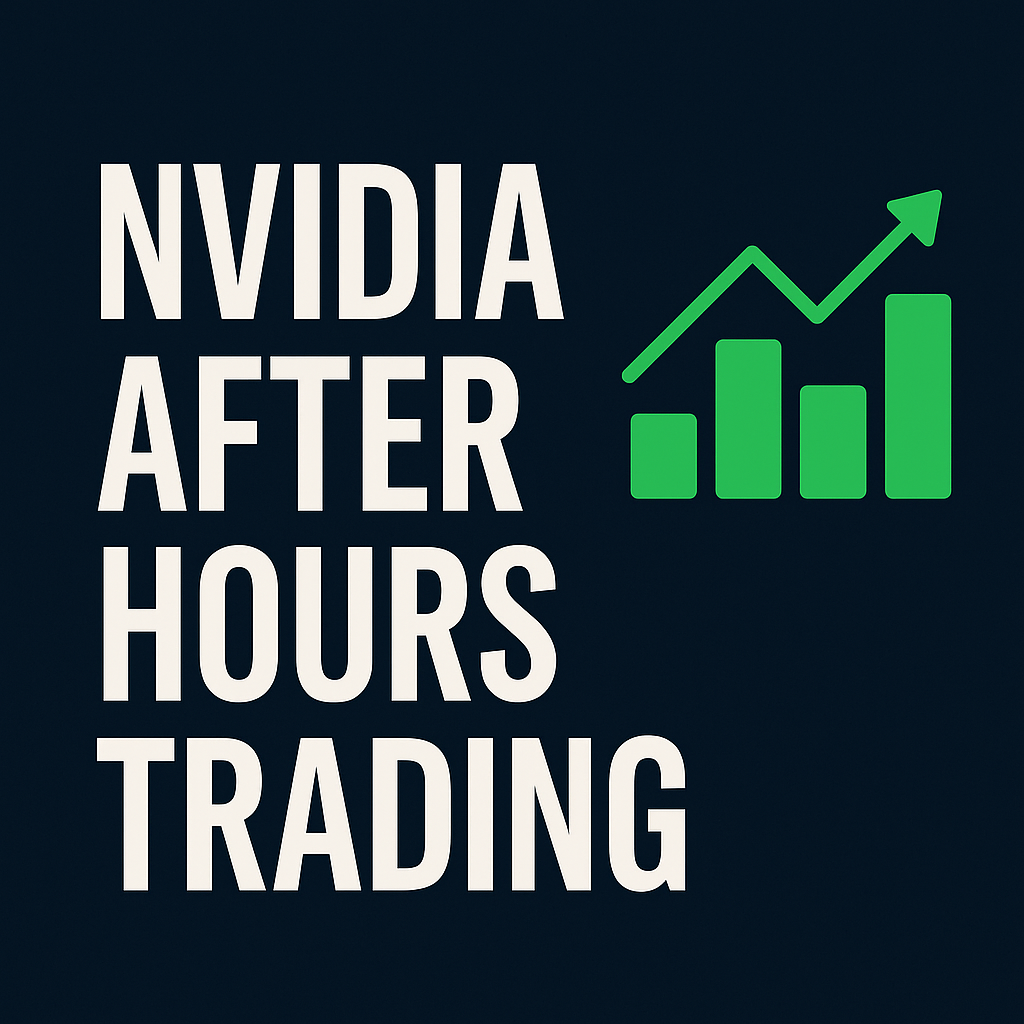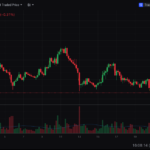Nvidia (NVDA) has become one of the most closely watched stocks on Wall Street, thanks to its dominant role in the AI and semiconductor space. But while most investors follow its moves during regular market hours, after-hours trading often reveals just as much—if not more—about investor sentiment.
📈 What Is After-Hours Trading?
After-hours trading occurs after the official market close (4:00 PM EST) and continues until 8:00 PM EST. This is when institutional investors, hedge funds, and retail traders react to earnings reports, economic news, or breaking headlines.
🔍 Why Is Nvidia’s After-Hours Activity So Important?
Nvidia often reports earnings after the market closes, making the after-hours window crucial for price discovery. A strong earnings beat or a positive AI forecast can lead to double-digit percentage spikes in the evening hours—well before retail traders can react the next morning.
Recent examples include:
Earnings beats that drove NVDA up 10–15% in after-hours.
AI chip demand news triggering immediate buying before markets reopen.
🛠️ Key Catalysts That Influence After-Hours Moves
Earnings reports and forward guidance
AI-related product launches or partnerships
Regulatory announcements or geopolitical news
Large volume trades by institutional players
⚠️ What to Watch Out For
While after-hours trading offers early access to market reactions, it also comes with risks:
Low liquidity = wider spreads
Higher volatility = rapid price swings
Limited order types on many platforms
🧠 Final Thoughts
If you’re trading or investing in Nvidia, don’t overlook the after-hours action. Whether you’re reacting to an earnings surprise or preparing for the next day’s open, these late-hour moves often set the tone for what’s next.







